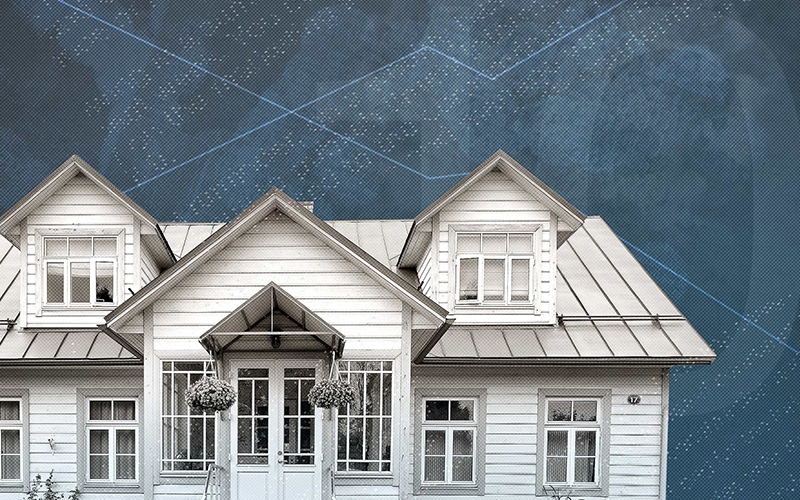Marketing Insights
Brand Strategy
When you spent part of 2019 developing your marketing strategy for the next 12–24 months, you likely weren’t expecting a pandemic that would alter the course of our economy and society, virtually overnight. Yet, here we are. The good news? Resiliency reigns. It’s been encouraging to watch people unite in response to an unprecedented situation. Working together, we’ve reassessed and shifted trajectories from public health to business, changing behaviors and adopting habits we never previously considered.
One possible silver lining? Stuck at home and removed from typical schedules and commutes, many families are spending more time together, making a point to get outside in the yard or taking daily neighborhood walks, holding socially distant neighborhood happy hours or hosting virtual parties on Zoom. Despite the restrictions, people are resurfacing this authentic human connection that actually feels good.
Bottom line: Home-as-refuge is a fundamental truth that became instantly heightened and relevant in the wake of the COVID-19 outbreak. As a result, we’re seeing a flood of purchases in categories such as home wellness, cooking and baking. Now, investments in the home are more of a sure bet than ever. It’s likely the yearning for human connection will continue and intensify in the aftermath of the crisis, too.
For many brands in the home vertical, it is reasonable to expect increased interest and investment in making the American home a better place to enjoy, connect, stay healthy and pass the time. But this is still a new and fluctuating landscape — one where we still have to execute marketing plans. And no matter how the pandemic has affected your brand or business in the short-term, you must swiftly reassess your marketing strategies to remain authentic, connected and effective in uncertain times.


